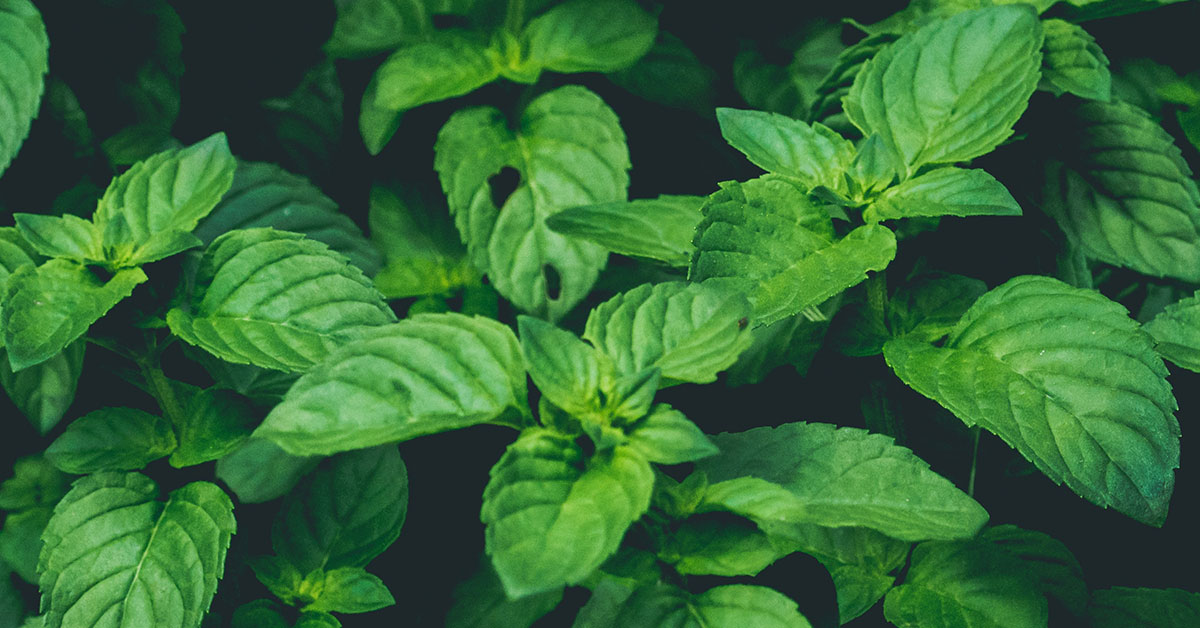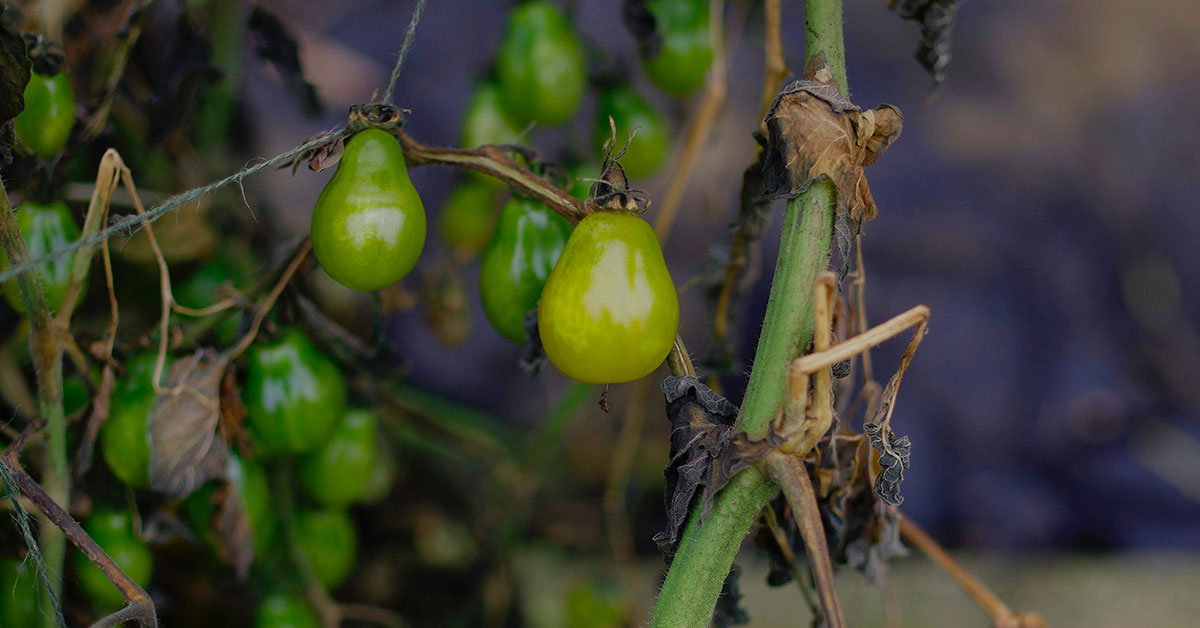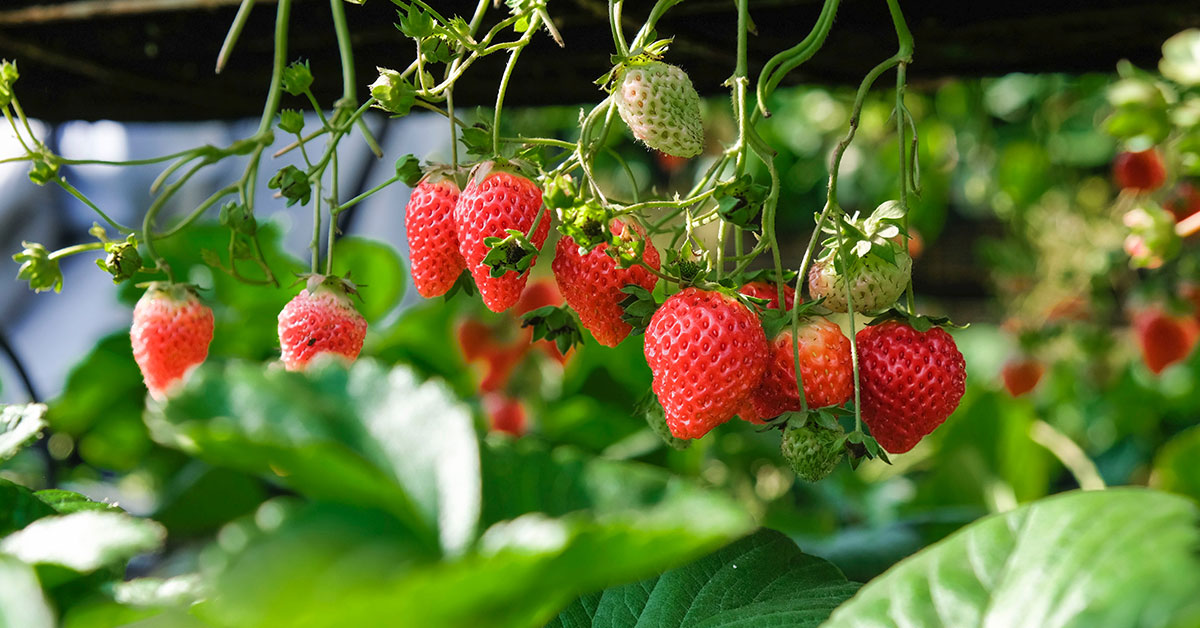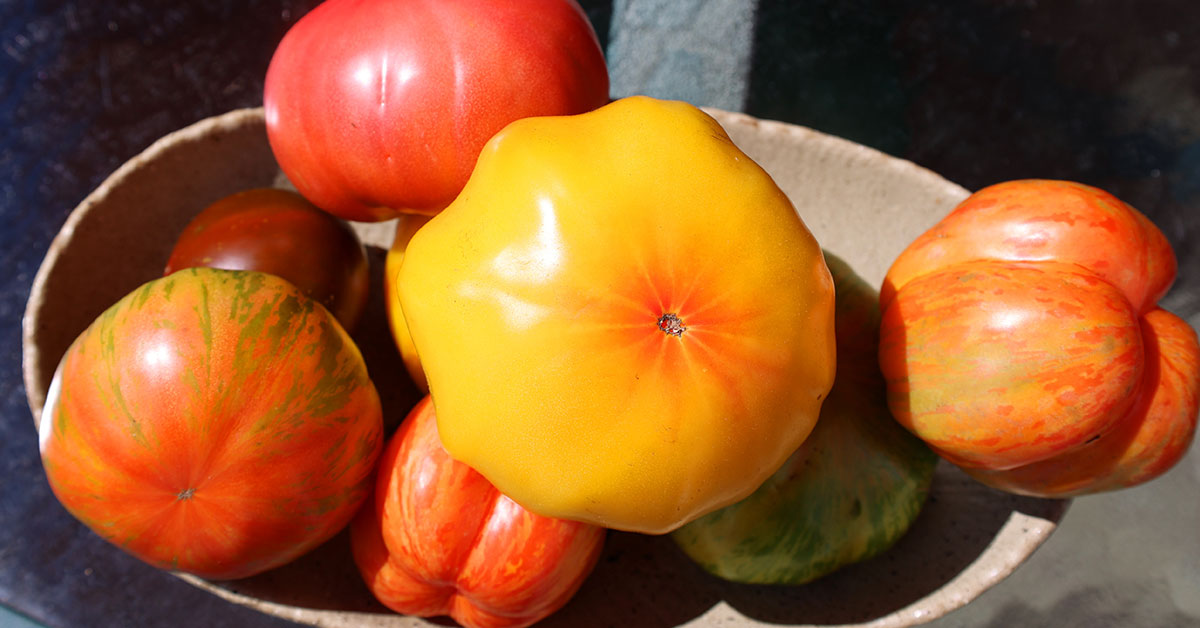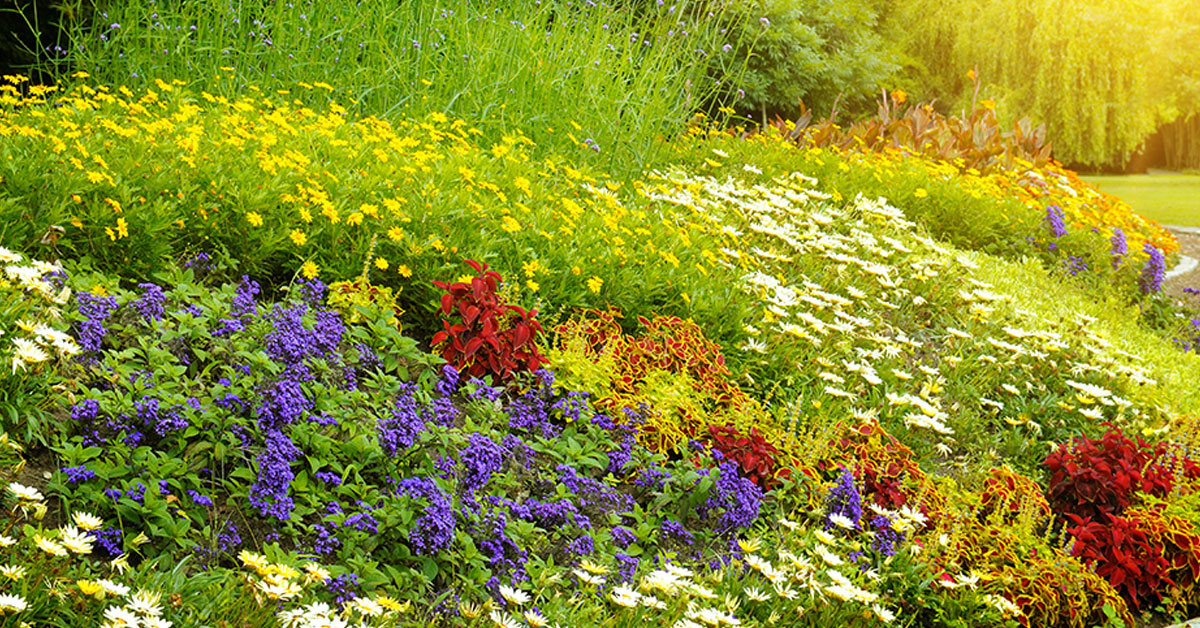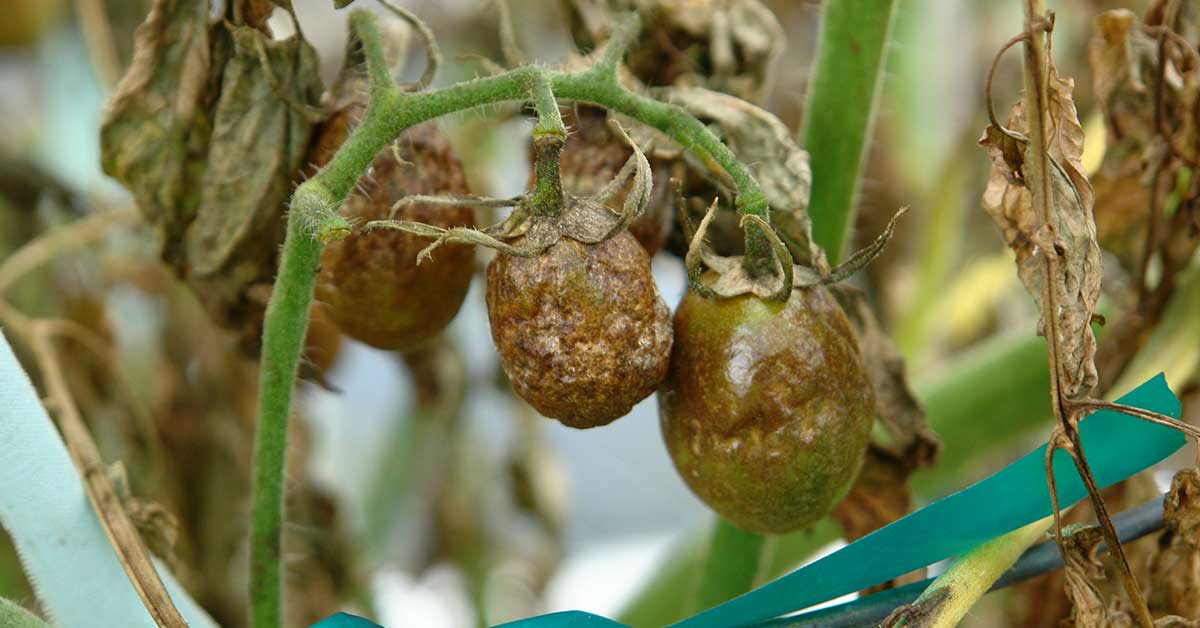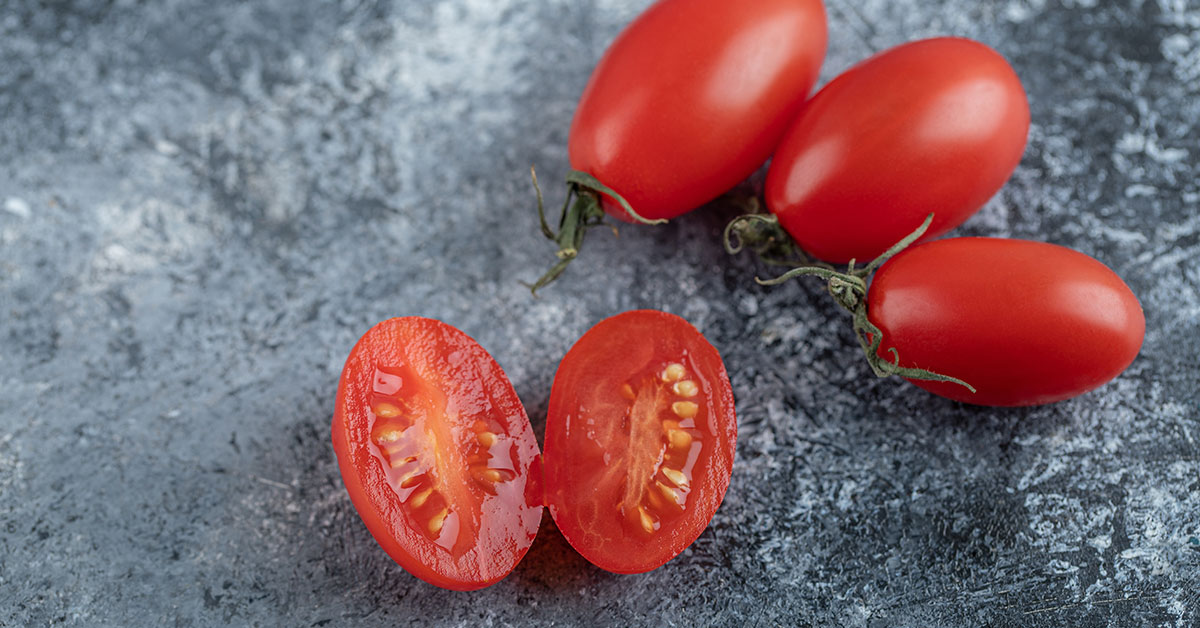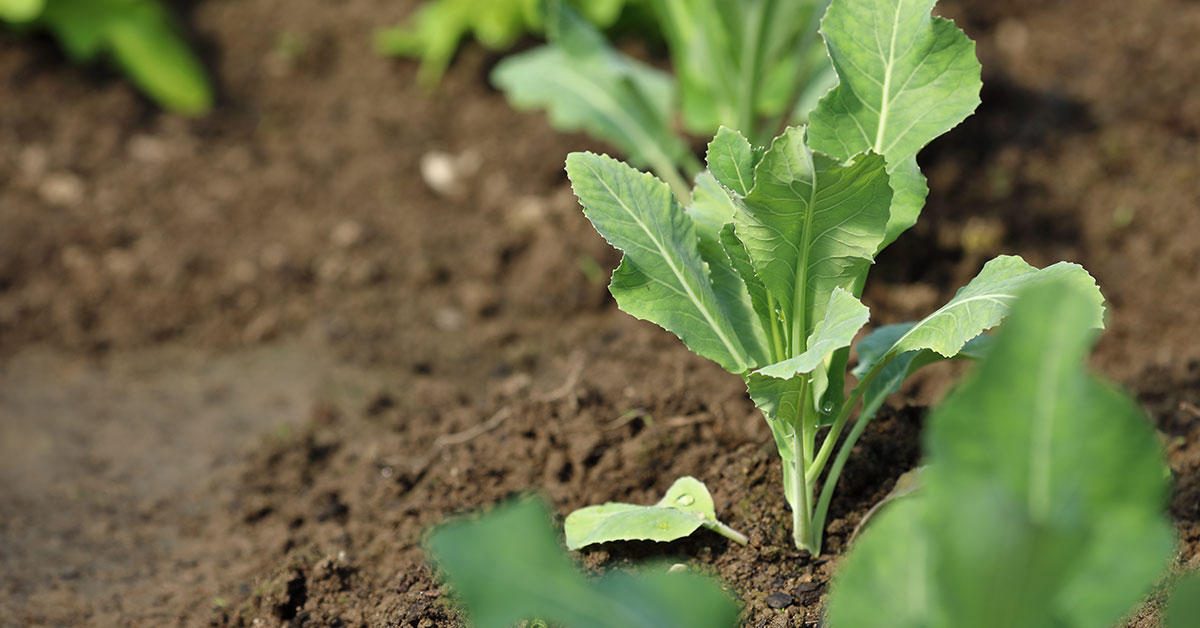Gardening can be a delightful and rewarding hobby, but it’s not without its challenges. One of the most frustrating aspects is dealing with pests that can harm your plants and disrupt your garden’s ecosystem. Some common garden plants, despite their beauty and benefits, are known to attract pests that can be particularly dangerous. Understanding which plants attract these troublesome visitors and why can help you make informed choices about what to grow in your garden.
In this article, I’m thrilled to share information about several common garden plants that attract dangerous pests. By knowing which plants to watch out for and the risks they bring, you can take steps to protect your garden and keep it healthy and thriving. Let’s dive into the details of these plants and the pests they attract!
Roses
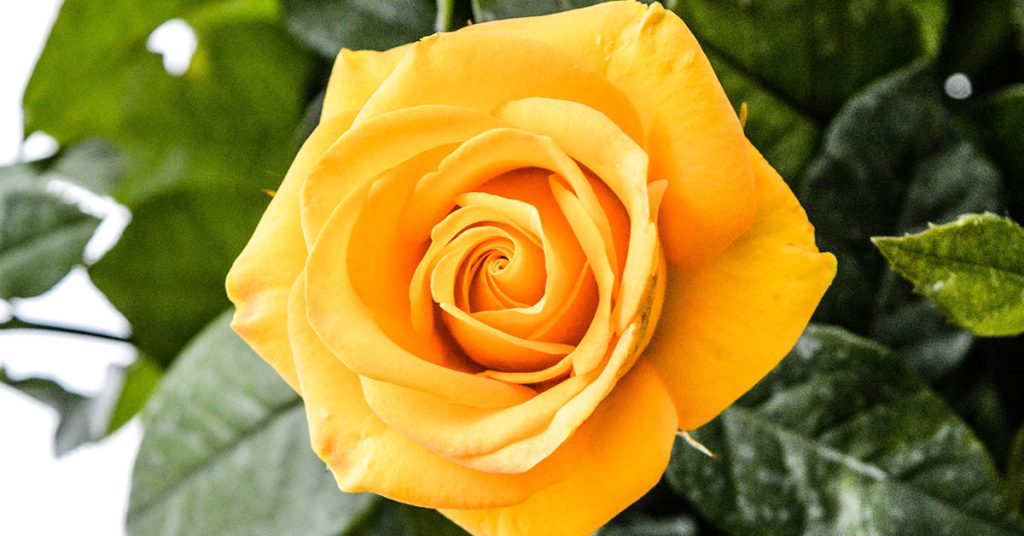
Roses are a gardener’s favorite, known for their beautiful blooms and enticing fragrance. However, they are also a magnet for aphids, small sap-sucking insects that can cause significant damage to your plants. Aphids can reproduce rapidly, creating large colonies that weaken plants by feeding on their sap and spreading diseases.
Aphids are particularly dangerous because they can transmit viruses from one plant to another, leading to widespread damage in your garden. To manage aphid infestations, regularly inspect your roses and use natural predators like ladybugs, or apply insecticidal soap. Pruning infested areas and maintaining good garden hygiene can also help keep these pests at bay.
Tomatoes
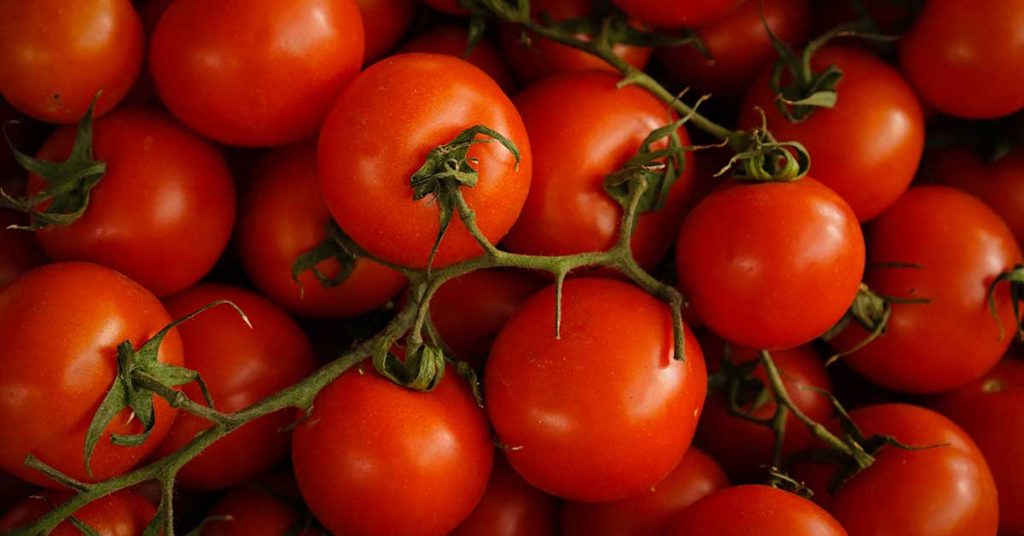
Tomatoes are a staple in many home gardens, prized for their delicious fruit. Unfortunately, they are highly attractive to tomato hornworms, large caterpillars that can quickly defoliate plants. These pests can grow up to four inches long and are known for their voracious appetite, capable of stripping a tomato plant of its leaves in just a few days.
Tomato hornworms are dangerous because they can severely weaken your plants, reducing fruit production and potentially killing the plant if left unchecked. To control hornworms, handpick them off your plants and dispose of them. Introducing beneficial insects like parasitic wasps, which prey on hornworms, can also help keep their populations in check.
Cabbage
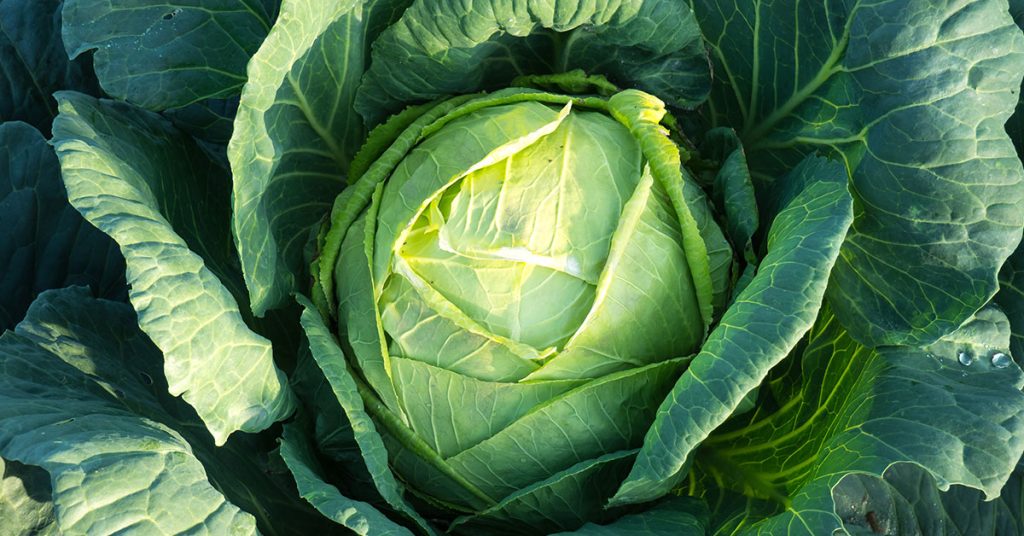
Cabbage, along with other members of the brassica family like broccoli and kale, is susceptible to cabbage loopers. These small green caterpillars chew large holes in leaves, which can stunt plant growth and reduce yields. Cabbage loopers can be difficult to spot as they blend in with the foliage, but their damage is unmistakable.
These pests are particularly harmful because they can cause extensive damage in a short period, leading to significant crop losses. To manage cabbage loopers, use floating row covers to protect young plants and regularly inspect your crops for signs of infestation. Natural predators like birds and beneficial insects can also help control their populations.
Basil
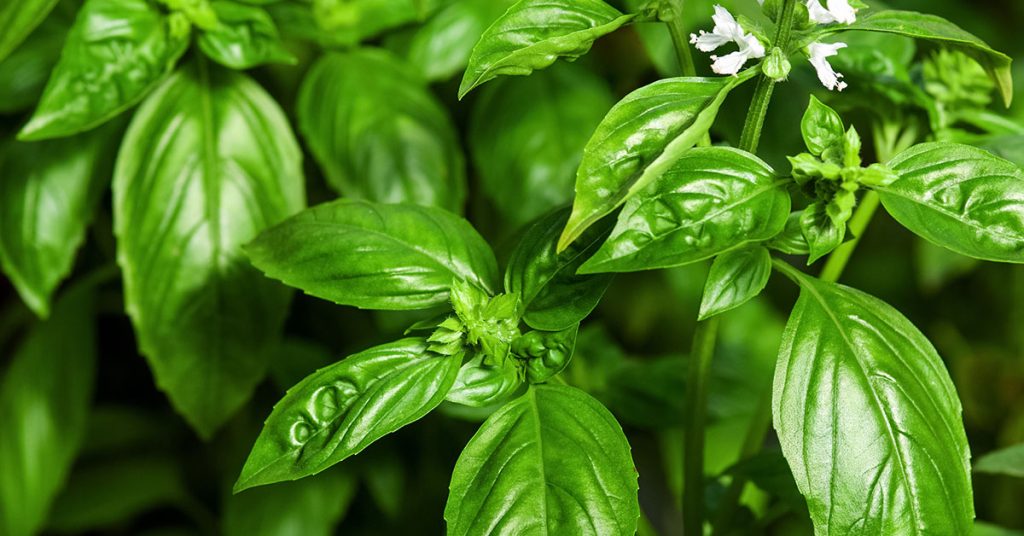
Basil is a popular herb in many gardens, cherished for its aromatic leaves. However, it attracts Japanese beetles, shiny green and copper-colored insects that feed on a wide range of plants. Japanese beetles can skeletonize basil leaves, leaving only the veins behind, which can severely weaken the plant.
Japanese beetles are dangerous because they feed on over 300 species of plants, causing widespread damage. To manage these pests, handpick them off your plants and drop them into a bucket of soapy water. Using traps and applying neem oil can also help reduce their numbers. Maintaining a diverse garden with a variety of plants can make it less attractive to these beetles.
Squash
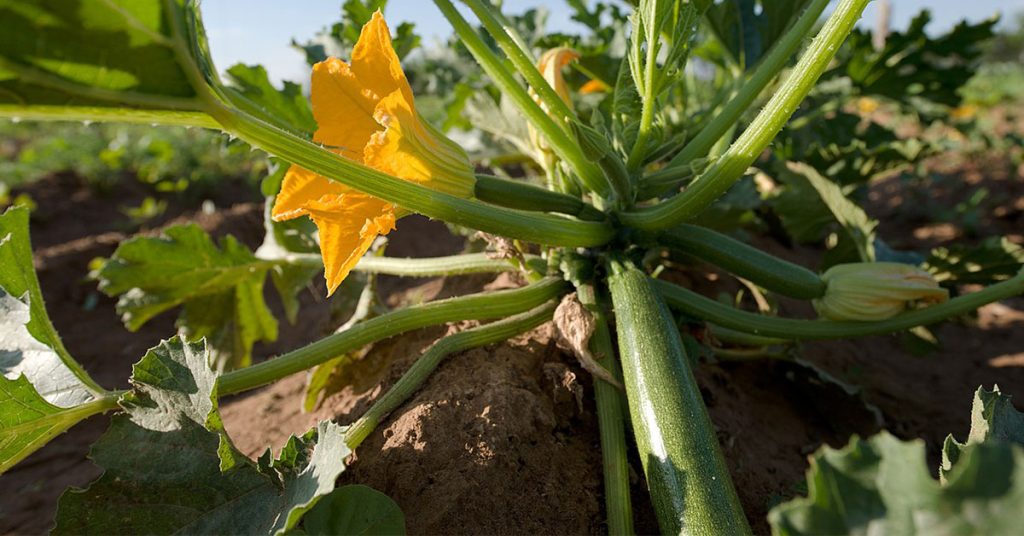
Squash plants, including zucchini and pumpkins, are often targeted by squash bugs. These flat, shield-shaped insects feed on the sap of squash plants, causing leaves to wilt and die. Squash bugs can also transmit cucurbit yellow vine disease, which can quickly kill affected plants.
Squash bugs are particularly dangerous because they can cause both direct damage by feeding and indirect damage by spreading disease. To control squash bugs, inspect your plants regularly and remove any eggs or insects you find. Planting resistant varieties and using row covers can help protect your plants from these pests.
Eggplant
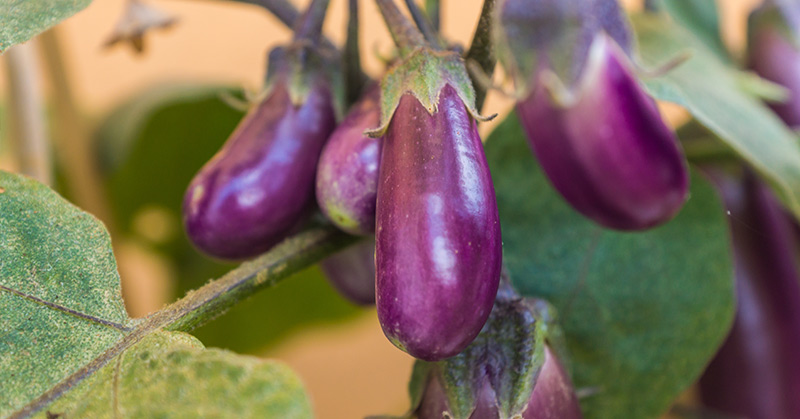
Eggplants are susceptible to flea beetles, tiny black or brown insects that chew small, round holes in leaves. This feeding damage can weaken young plants, reducing their growth and vigor. Flea beetles can be particularly problematic in the spring when plants are just starting to grow.
Flea beetles are harmful because their feeding damage can stunt plant growth and reduce yields. To manage flea beetles, use floating row covers to protect young plants and apply diatomaceous earth around the base of plants to deter these pests. Crop rotation and removing plant debris can also help reduce their populations.
Beans
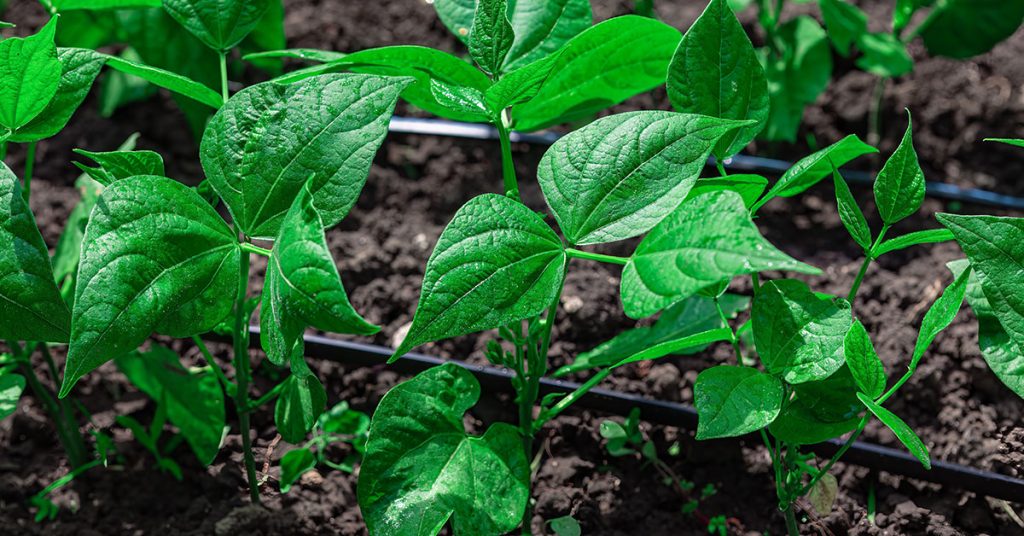
Bean plants, including green beans and lima beans, attract Mexican bean beetles. These yellow-orange beetles with black spots feed on bean leaves, creating a lace-like appearance. Severe infestations can defoliate plants, reducing their ability to produce beans.
Mexican bean beetles are dangerous because they can cause significant defoliation, leading to reduced yields and weakened plants. To control these pests, handpick beetles and their larvae from plants and use insecticidal soap. Encouraging natural predators like ladybugs and lacewings can also help keep their populations in check.
Peppers
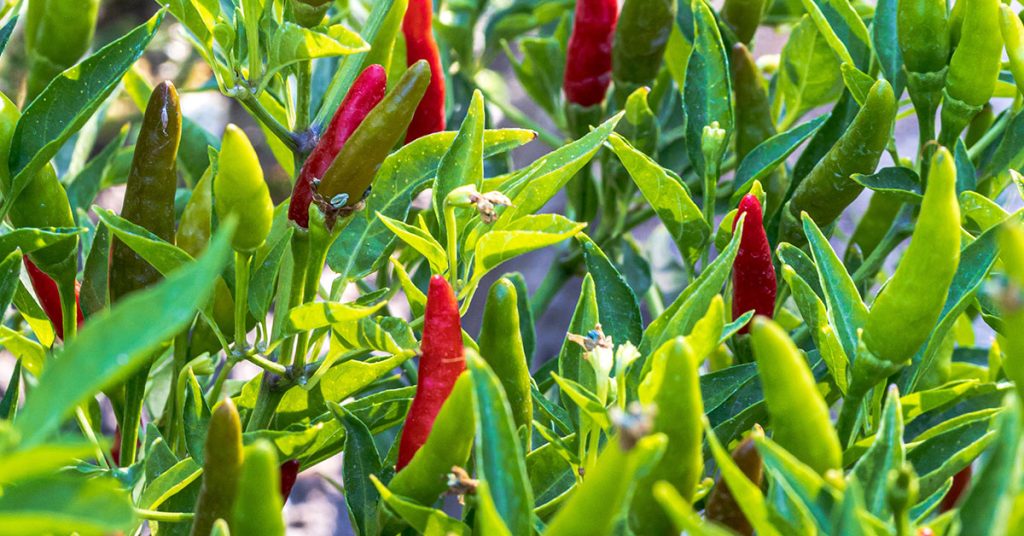
Pepper plants are attractive to pepper weevils, small black or gray insects that lay their eggs inside pepper pods. The larvae feed on the seeds and inner walls of the pods, causing them to drop prematurely. This can result in significant yield losses for pepper growers.
Pepper weevils are particularly harmful because they can cause direct damage to the fruit and reduce the overall harvest. To manage pepper weevils, inspect plants regularly and remove any affected pods. Using pheromone traps and applying insecticides can help control their populations. Planting resistant varieties and practicing crop rotation can also reduce the risk of infestation.
Strawberries
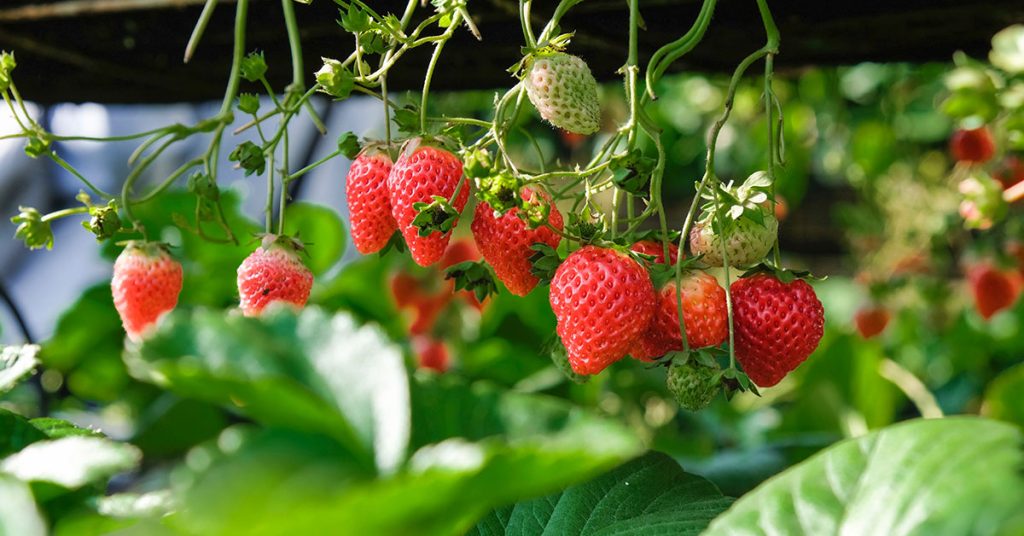
Strawberries are a favorite fruit for many gardeners, but they attract slugs, slimy mollusks that feed on the leaves and fruit. Slugs can create large, irregular holes in leaves and leave behind a trail of slime. They are most active at night and in damp conditions, making them difficult to spot during the day.
Slugs are dangerous because they can cause significant damage to both the foliage and fruit, reducing the quality and quantity of your strawberry harvest. To control slugs, use slug traps, such as shallow dishes of beer, or apply diatomaceous earth around plants. Encouraging natural predators like frogs and birds can also help keep slug populations in check.
Lettuce
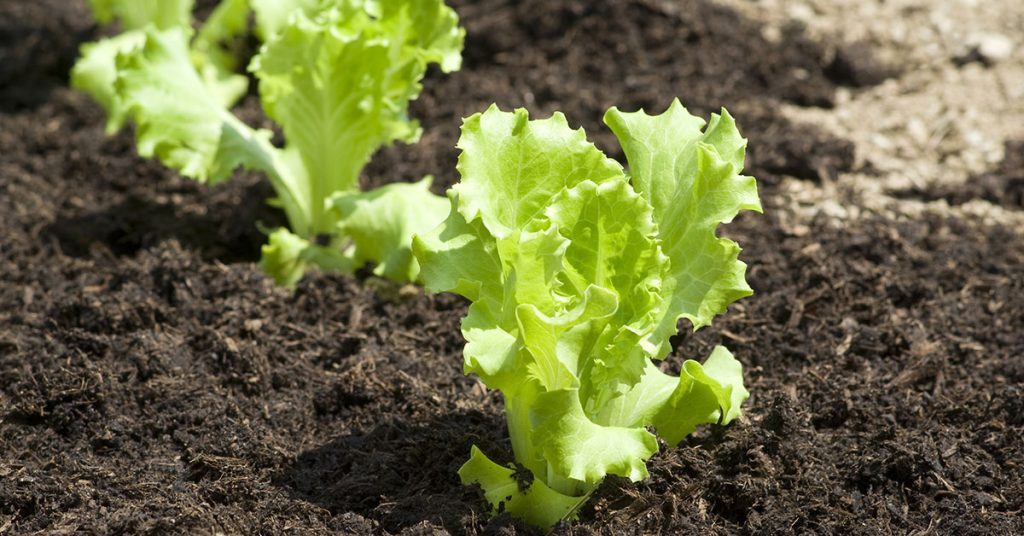
Lettuce plants are susceptible to aphid infestations, particularly the green peach aphid and the lettuce aphid. These small, soft-bodied insects feed on the sap of lettuce leaves, causing them to curl and become distorted. Aphids can also transmit plant viruses, further damaging your crops.
Aphids are harmful because they can weaken lettuce plants, reduce yields, and spread diseases. To manage aphids, regularly inspect your plants and use a strong stream of water to knock them off. Introducing beneficial insects like ladybugs and lacewings can help control aphid populations. Applying insecticidal soap or neem oil can also be effective.
